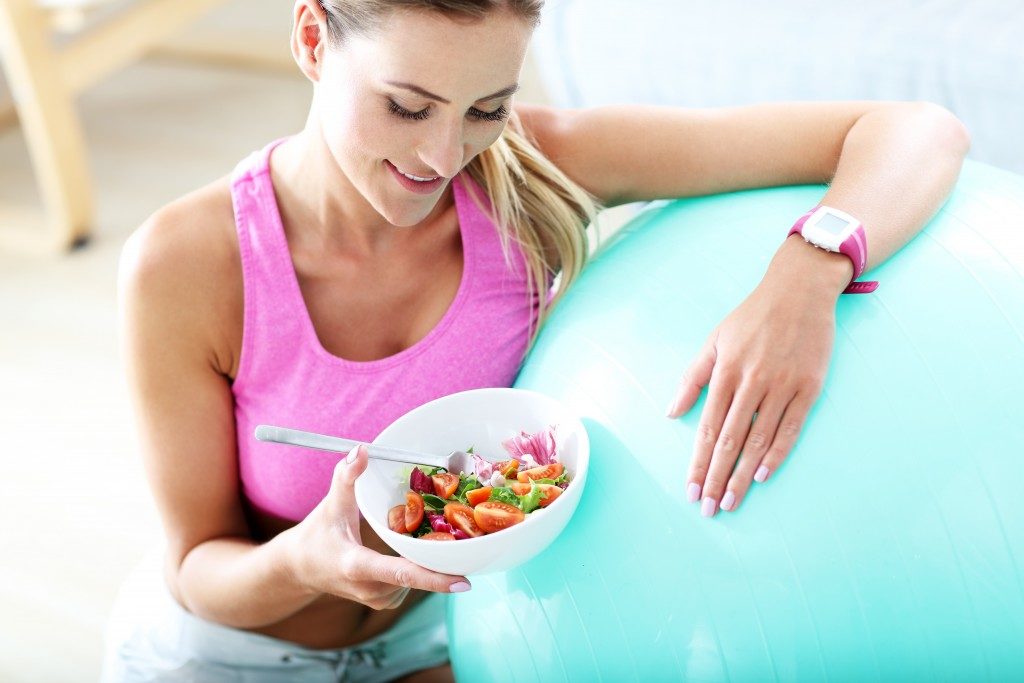Taking you to one of the anorexia treatment centers in the city is not a concern or perhaps will never be. But losing weight has been a struggle, and you’ve been on and off the wagon for the past few years. You will lose some and then months later would quickly regain them. You’re not yet obese, but your BMI (body mass index) is already 28 Kg/m2.
You’re not making any excuses, but a toxic work schedule and a pizza and burger diet for most of the week, create that devastating formula for gaining weight. Plans in the gym are typically put off. “I’ve got to start somewhere,” you angrily told yourself. You started hearing people’s weight loss ideas and reading up materials on the Internet. You like meat and carbs. But you’re not necessarily opposed to salads. Could you survive on a salad diet? How does one do it to become healthier?
Here are some things that you need to know about living or surviving on a salad diet:
Some Salad History
Back in ancient Greece and Rome, people would eat raw vegetables tossed in an oil-based mixture. An olive oil, flavored with herb, some believed as oregano, was found on a shipwreck nearly two and half millennia ago in the Aegean Sea. It was thought to be a dressing for a salad.
Though it might still be a debate, the first salad bar was thought to have started during the 1960s. Norman Brinker and Angelo “Andy” Gangi are a couple of the names thrown into the mix as inventors of the Salad Bar.
Fast forward to 2014, Chicago-based restaurant, Saladworks, recorded a phenomenal $75 million in sales. Now, the salad industry earns hundreds of millions of dollars in revenue.
Not All Salad Are Created Equal
There are several kinds of salads—green salad, Caesar, Waldorf, the slaw, and even pasta. Here are some the things that you should know if you’re on the path to being healthy again:
1. Green is good.
Romaine lettuce, arugula, kale, and spinach are excellent choices. Deeper greens are high in fiber and good at fighting LDL or bad cholesterol. Avoid greens that have high water content like iceberg lettuce.
2. Do the Salad First.
If the restaurant menu isn’t suggestive enough for you, then know this: eating a salad first during chow time helps you lose weight. Taking in first a low-calorie course significantly increases the feeling of fullness or satiety. The theory is that you tend to eat less during your meal. The bigger the bowl, the better. Calorie reduction can be as much as 55 cal. per meal according to one study.
3. Mix it up.
Salad does not need to be boring. And you’ll need some carbs and protein as well. Add grilled or boiled chicken (salt optional) for your proteins, and some thin slices of boiled potato for your carbs. For some crunch and texture add vegetables like French beans or asparagus.
4. It’s in the dressing.

Lose weight and fight cancer? Who wouldn’t want that? Olive oil dressing should probably be your go-to dressing all the time. The monounsaturated fats contained in olive oil and some nuts, the big nut avocado included, facilitates the absorption of phytochemicals like lycopene and lutein, which help to fight cancer and heart disease.
Make sure that you see a nutritionist and your doctor before embarking on a diet plan. You will still need to hit the gym. With the many options for salad restaurants and the current food delivery system, you should be able to replace the pizza and burger diet with your new salad diet. Bon Appetite!
